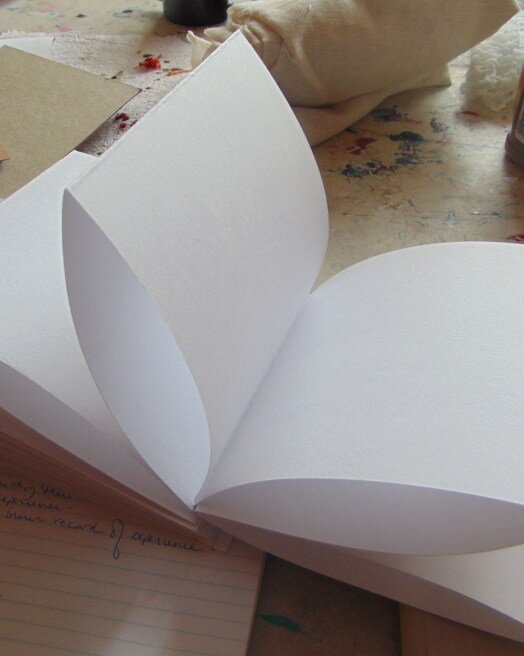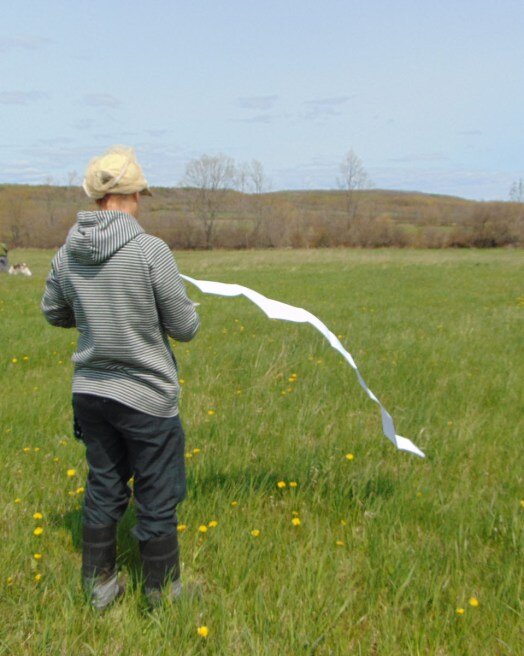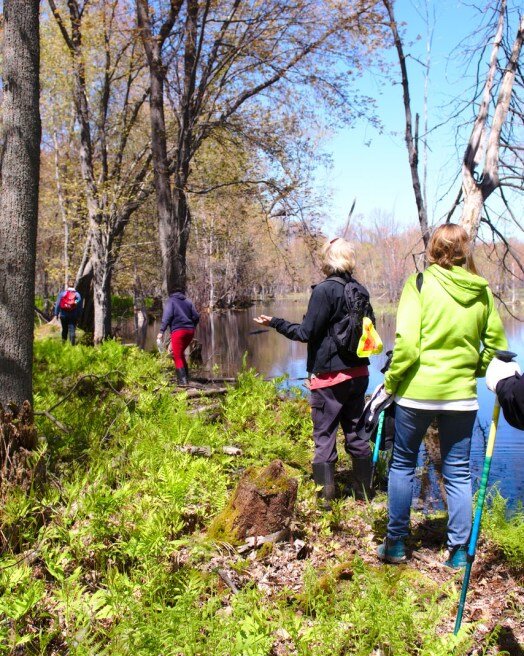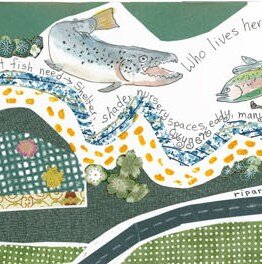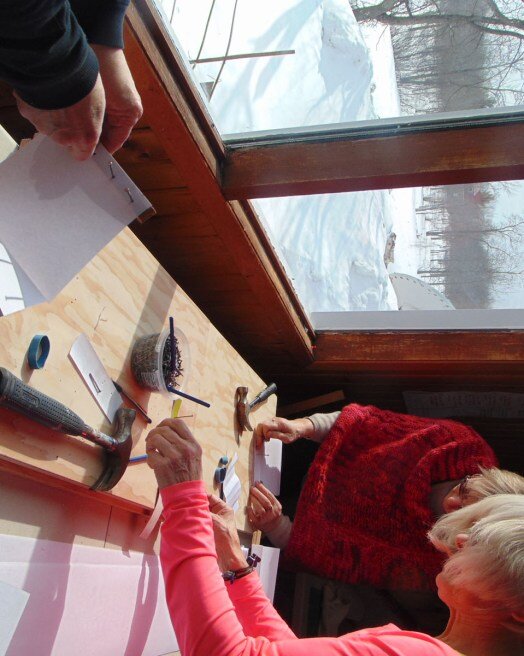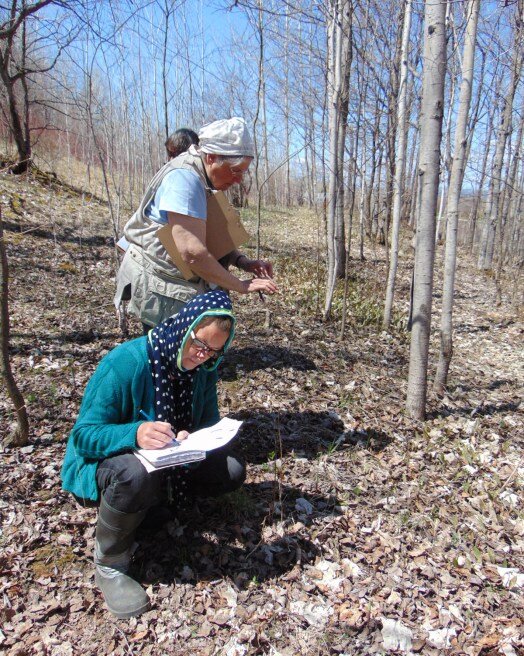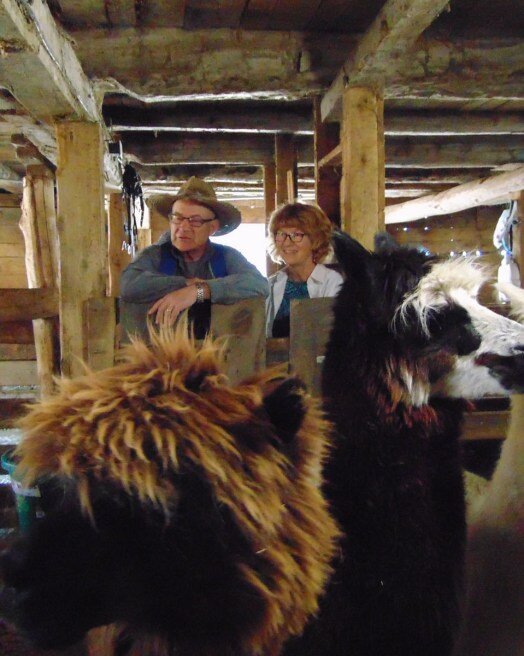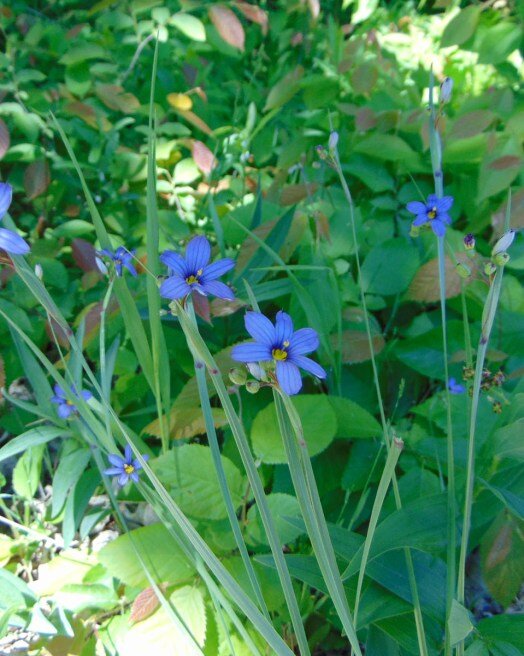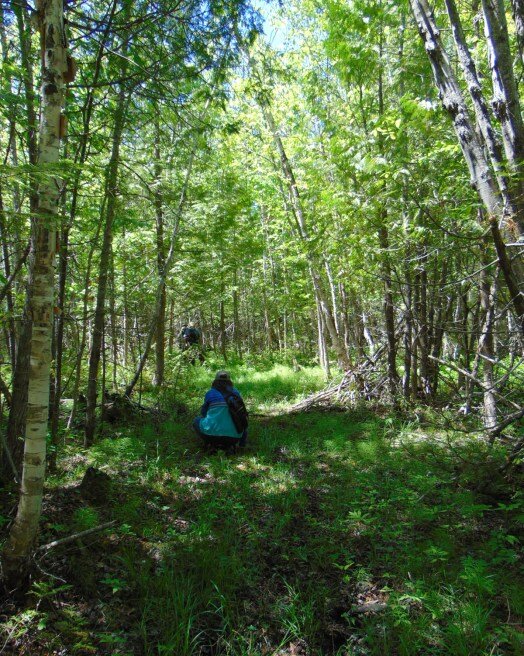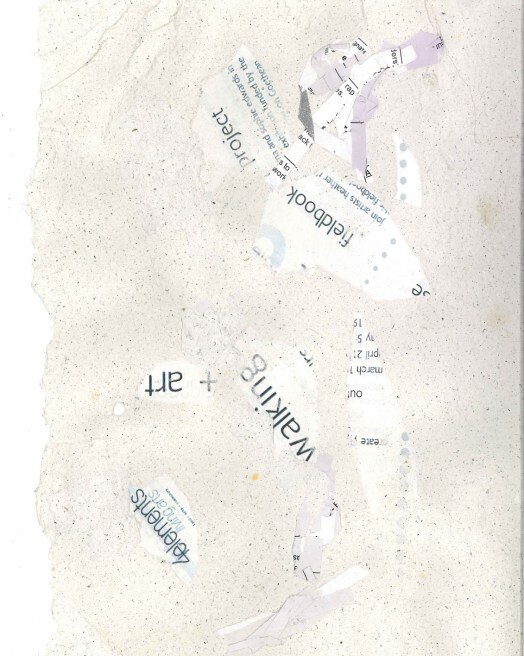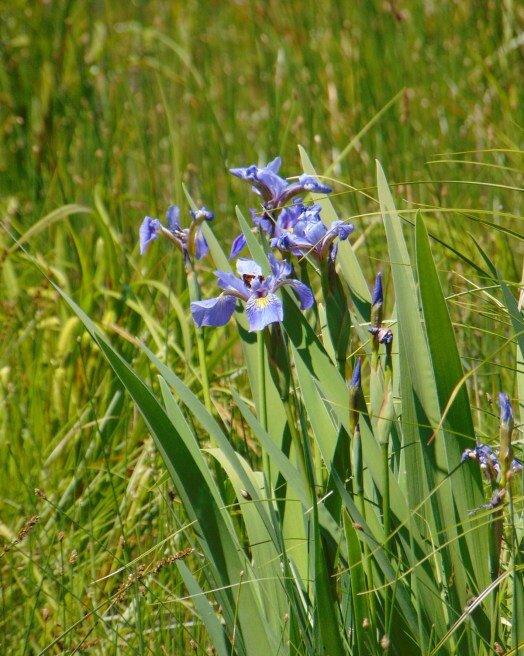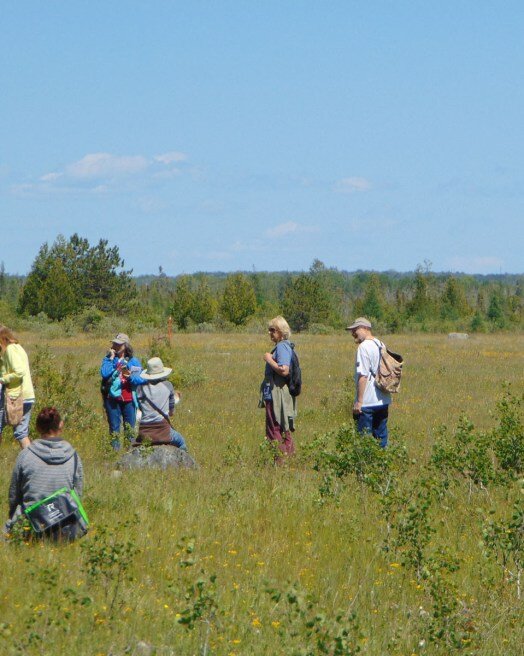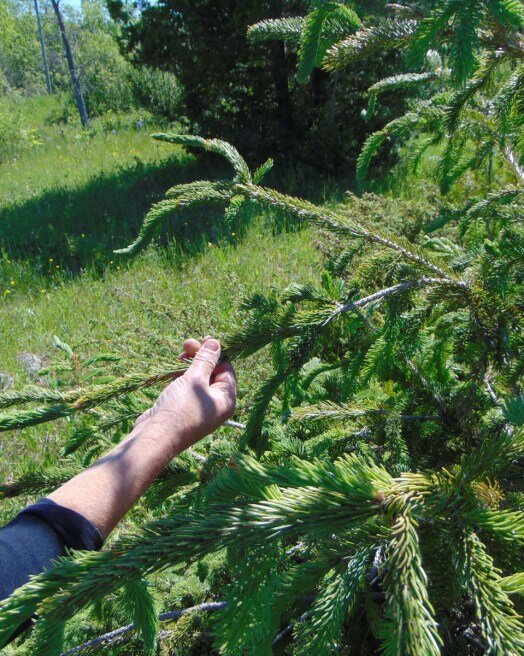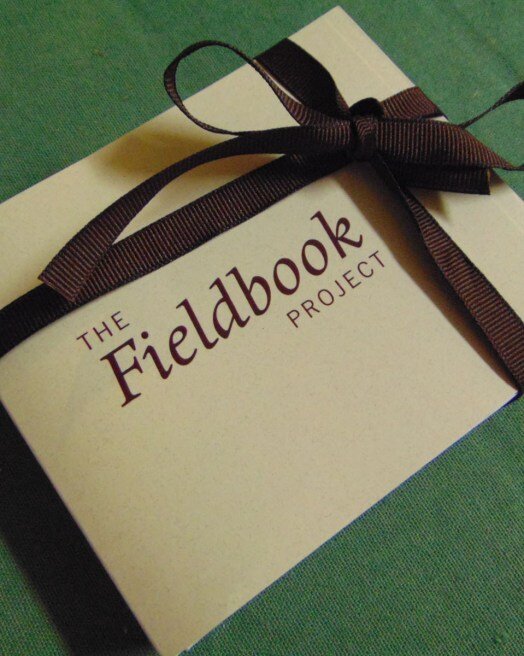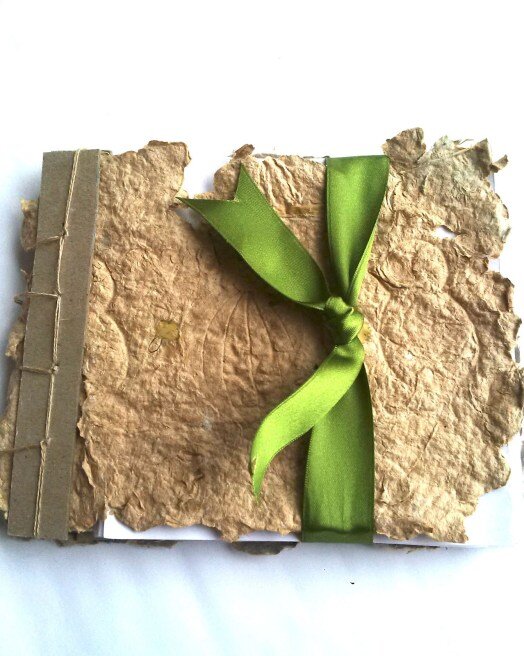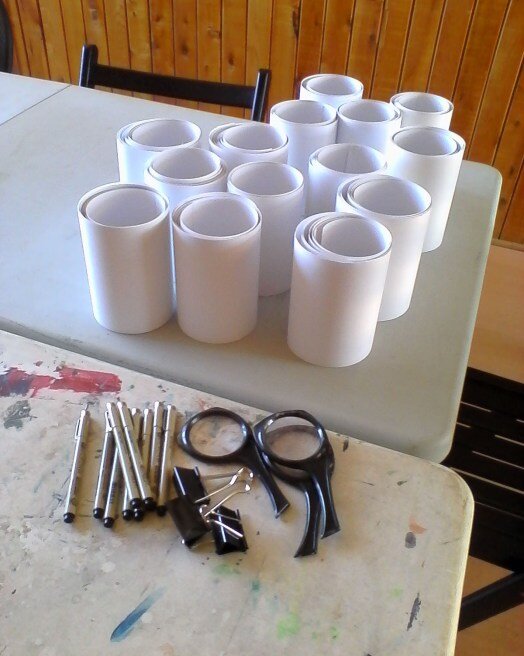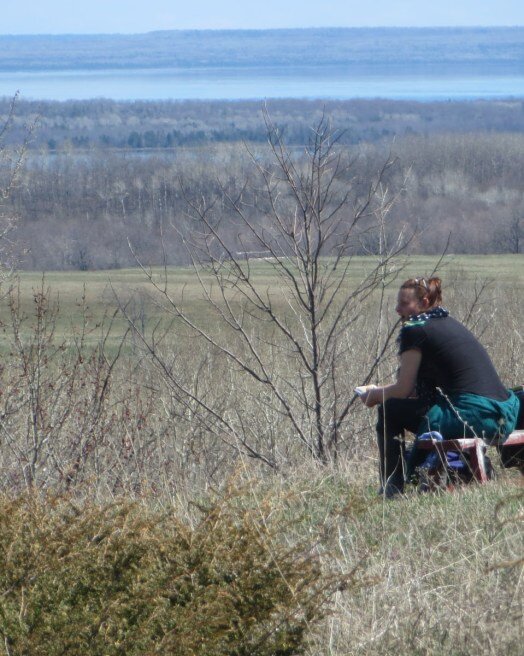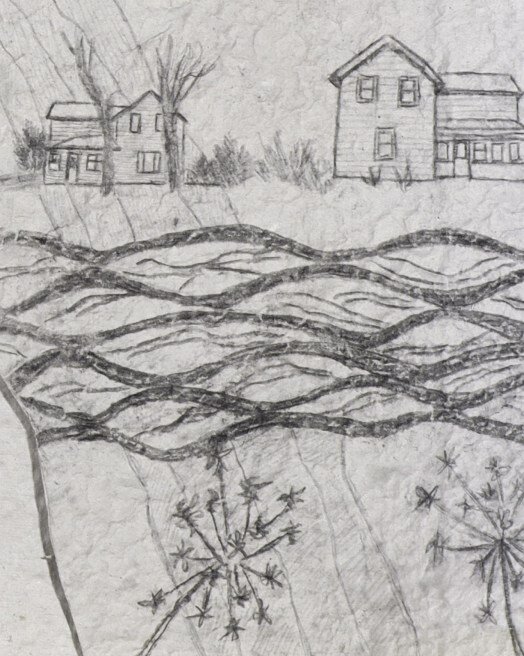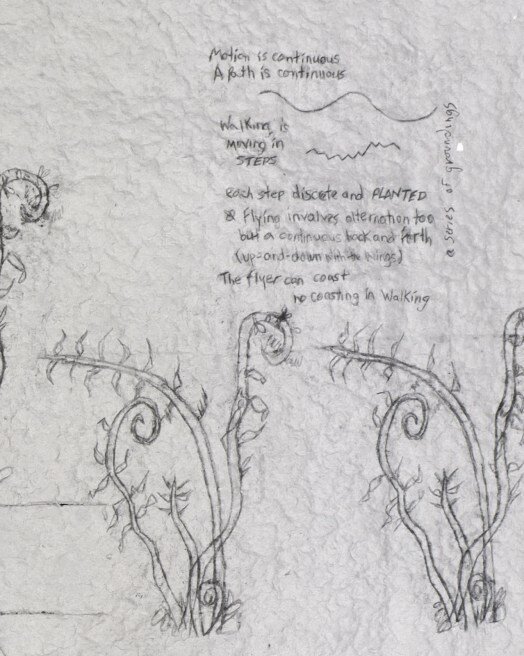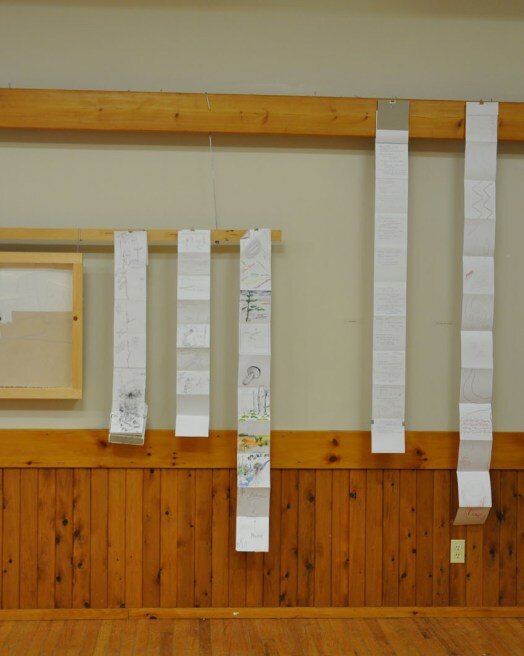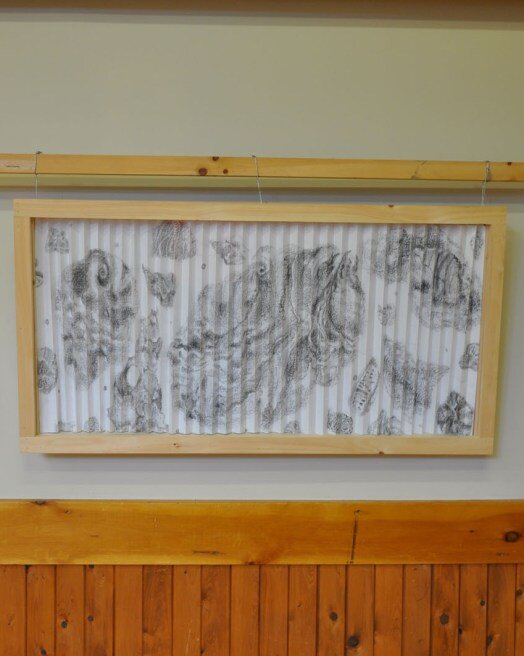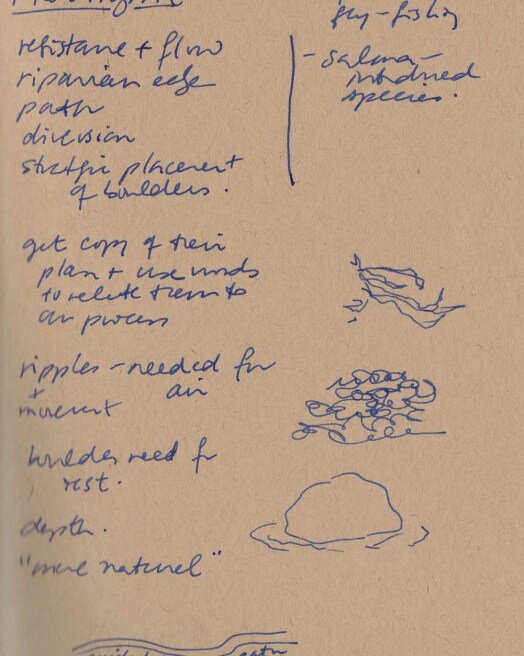THIS PROJECT EMBRACED INTEREST IN NATURAL SCIENCE, GEOGRAPHY AND THE LAND, AND THE PERSONAL CREATIVE, NON-REPRESENTATIONAL PRACTICES OF EMBODIED EXPERIENCES.
My work as the AD and curator at 4elements Living Arts, was deeply informed by my PhD studies in Geography, through which an attunement to critical geographies of place, the situated and contested process of fieldwork, and my own engagement with creative research practices, including the use of the fieldbook (gratitute to joni palmer whose fieldbook practices were influential). This work, and many conversations with organic gardener, weaver and friend, Heather Thoma, influenced 4e’s path toward community transformation. We came to ‘walking’ out of a need to connect people back to place and to facilitate stewardship of our island landscapes and ecosystems. We did this in the simplest, most accessible way we knew how: by showing up – and walking. Throughout my time at 4e’s — from 2002 to 2018 — we came at issues of community, identity, culture and place from many different angles: curatorial projects, archival research, exhibitions, community consultation processes, school programs and outdoor art-making. We took folks out on the land through a range of creative engagements to deepen awareness of land and place via natural science, history, art-making, oral history, creative mapping, collaborative and personal art-making, and embodied engagements. In 2016, I decided to formally engage ‘walking’ as a curatorial theme, one that has flowed through many of the organization’s projects and programs.
One particular project — the Fieldbook Project — was an independent project co-designed by me and Heather Thoma. We received funding from the Ontario Arts Council, and scaffolded our walking and fieldbook project with the work of 4e that year. Over a year, we led a series of walks in different Island ecosystems, each with a focus and a set of provocations/questions engaging with the complexities, power, politics and processes of walking, in place, particularly colonized spaces, and explored questions like, what can sound teach us about an ecosystem. Participants created hand-made fieldbooks, and these were carried to each walk, each walk traced onto the fieldbook. In some cases, the fieldbook drawings were collaborative, with whole groups working together.
We reproduced many of the drawings in The Fieldbook Project catalogue, available through my website shop.
Photos: sophie anne edwards and Heather Thoma
